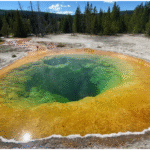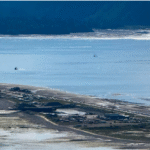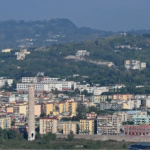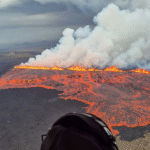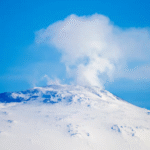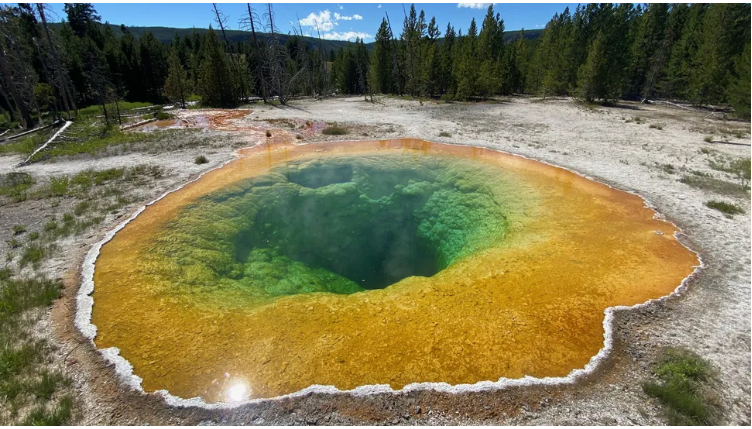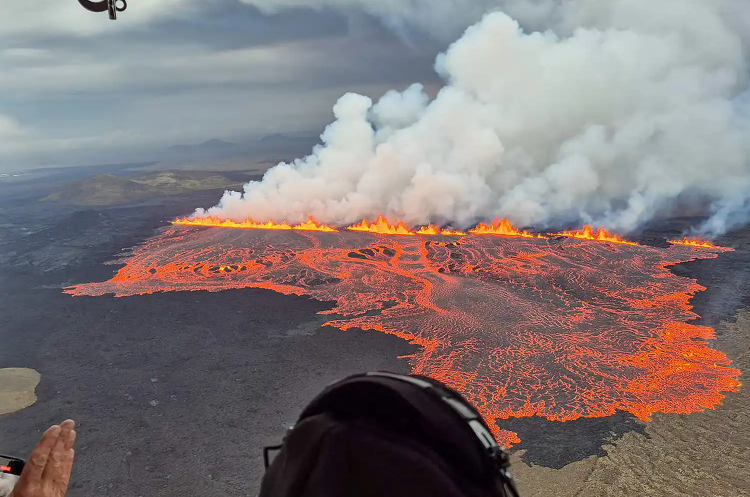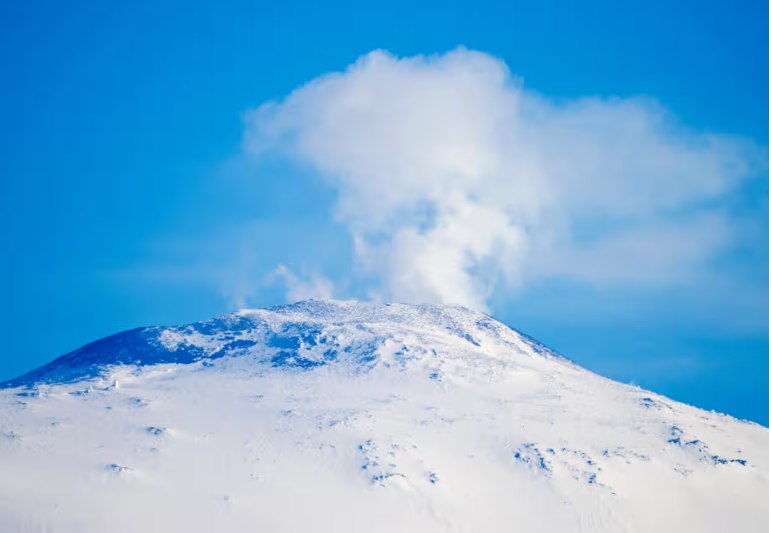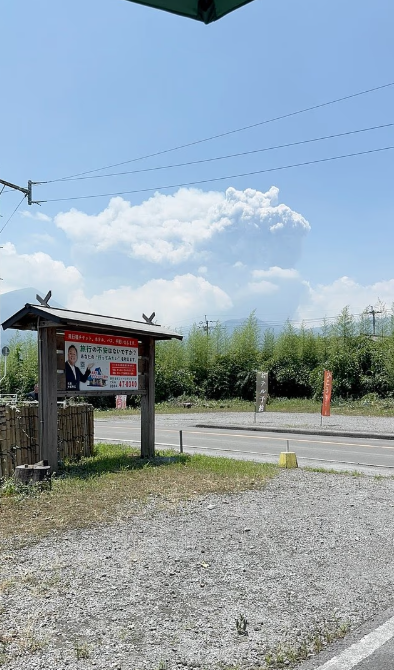Introduction
Axial Seamount hugs the Juan de Fuca Ridge, 480 km off Oregon—one of the most active submarine volcanoes.It’s been erupting roughly every 15 years; last in 2015, scientists knew next would come soon.What’s different now: real-time HD cameras and seafloor monitoring—something never seen before.Today, that buried giant is inflating faster than ever recorded.These instruments are part of the OOI—Ocean Observatories Initiative—streaming live volcano observatory data.Thousands of hydrophones, pressure sensors, and cameras all pointed at Axial, 24/7.From magma pulses to venting emissions, every shift, bubble, and magma pulse is recorded.This is frontline volcano science, playing out LIVE under the sea.
Seismic Swarms & Uplift
Since early summer, Axial has been shaking: hundreds of micro-earthquakes rippling through the ridge.Peaks hit over 300 quakes per week—tiny tremors, but a huge signal: magma is on the move.Each quake releases pressure, but taken together, they’re disturbing evidence of subterranean unrest.No fiction—this is raw seismic data captured by NOAA and OOI scientists now.Then there’s the uplift—seafloor rising nearly 70 cm since May—a massive dome forming underwater.That much bulging seafloor is like a balloon ready to pop, spreading tension across miles of rock. Historically, that level of uplift preceded the 2015 eruption—within a few weeks in that case.Today’s swelling matches or exceeds that threshold—raising alarms in the geology world.
Live Footage & Vents
Live HD cameras at 1500 m depth are showing glowing vent plumes—like underwater chimneys of superheated water. Bubbling hotspots sometimes faintly glow red-orange—likely magma-soaked rock interacting with water.Bacterial mats swirl in those plumes, feeding life on chemicals—the rare microbes you’ll rarely see.These visuals aren’t stock images—they’re real-time scenes from beneath the waves.”The vents emit hot fluids over 300 °C—if that water hits magma, we may see explosive steam bursts.In 2015, camera logs captured such bursts minutes before eruption onset.Today, scientists are watching every plume pattern, every glow, every shift in hue.This is nature’s underground performance—unfiltered and live.
What Science Reveals
Volcanologists confirm Axial magma chamber now nearly full—pressure estimates at 80–90% capacity.Journal of Geophysical Research notes magma intrusion detected April 2025—confirmed by uplift and quakes.With real-time camera data, they’ll know the moment lava breaches the seafloor.That moment could be seconds on screen—45 years in build-up.Satellite altimetry supports seafloor swelling too—odd for a deep-sea volcano, but consistent with uplift readings.Sensors also logged temperature pulses—steep spikes under vents in late June.All signs point to imminent event—mirrored by 2015 eruption pattern, just waiting for ignition.
We’re not predicting—it’s happening.
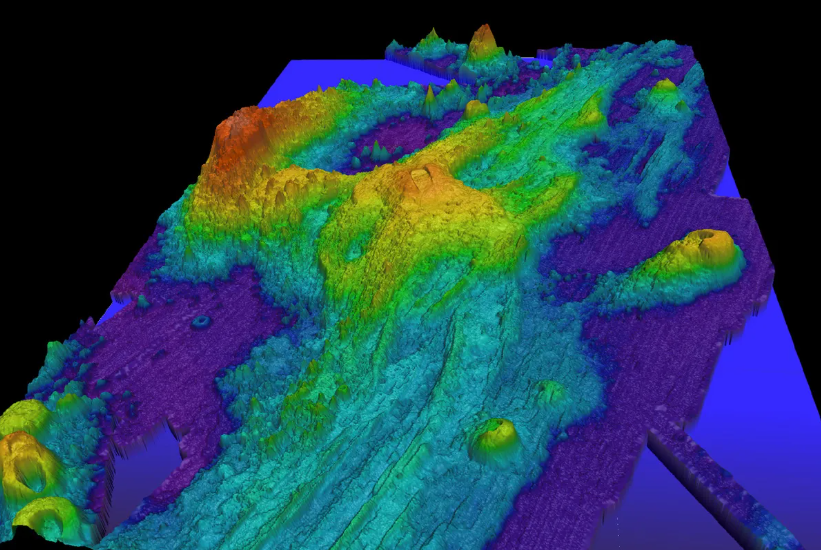
Potential Risks & Surprises
Good news: no tsunami threat—the water column above diffuses pressure slowly underwater.
But surprise eruptions can trigger volcanic lightning, plumes of mineral sediments, and local fish die-offs.Submarine eruptions create new rock habitats—chaotic but potentially biologically rich sites.It’s an explosion of science and life… but not without ecological consequences.Some eruptions produce pumice rafts—floating volcanic rocks washing up on distant shores.That happened after 2015—so expect that possibility this time, too. Ships in Pacific could encounter pumice—navigation hazard nobody’s talking about yet.We’re watching live while nature builds new seafloor—unfiltered and unpredictable
Why It Matters to Us
Research at Axial gives clues on how Earth’s crust forms—submarine eruptions build half our planet’s crust.This video is a front-seat pass to those tectonic birthplaces—we’re watching Earth’s bones being forged.Scientists say this is seismic pole-shift territory for georesearch—new archives in live format.If volcano science had a global reset moment—this is it.Also, these events trigger undersea mineral deposits—hydrothermal vents could hold rare metals.That matters for future seabed mining—but also for delicate ecosystems near vents.With live cameras, we can begin to weigh science vs exploitation in real time.Your viewership is keeping this conversation alive and visible.
Viewer Engagement & POV
I’ll host a live chat during new uploads: ‘Did you catch that flash at 2:37?’We’ll zoom in on your timestamps and poke geologists on Twitter for their take.Create a community of science detectives chasing the eruption together.
Your comments could be the tip that scientists need.
Build Anticipation
In the next minutes or days, cameras might show magma breaking free—land-based viewers might miss it.We’ll stream alert notifications and break updates the moment something major happens.That ‘first lava-to-water’ moment has never gone unseen—the first to witness live.Our channel could host history’s first underwater eruption footage.Picturepeople 100 years from now studying this capture—your reaction, your timestamp.We could be cited alongside NOAA logs as primary observers of a momentous event.
